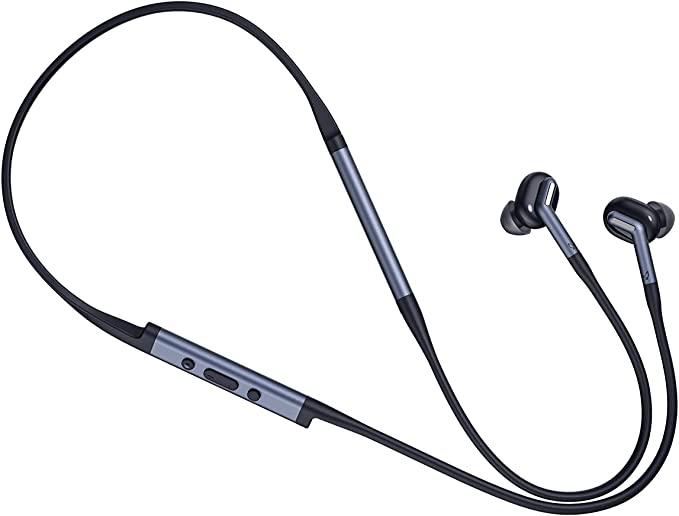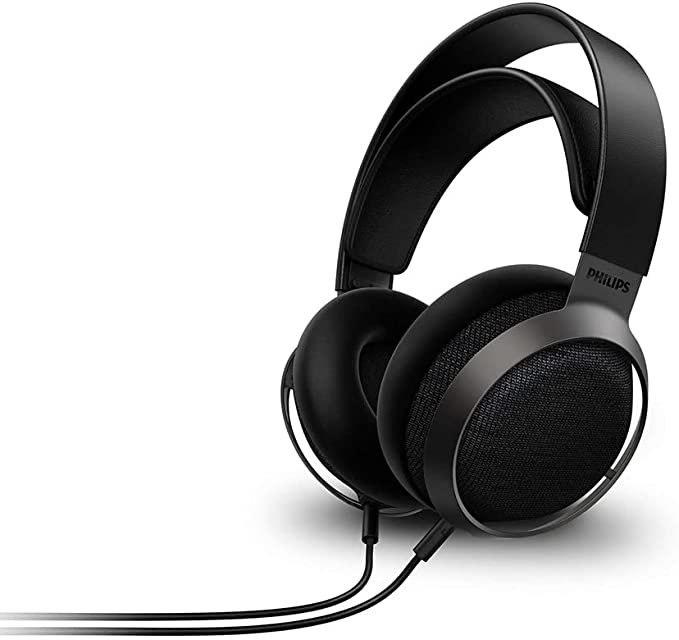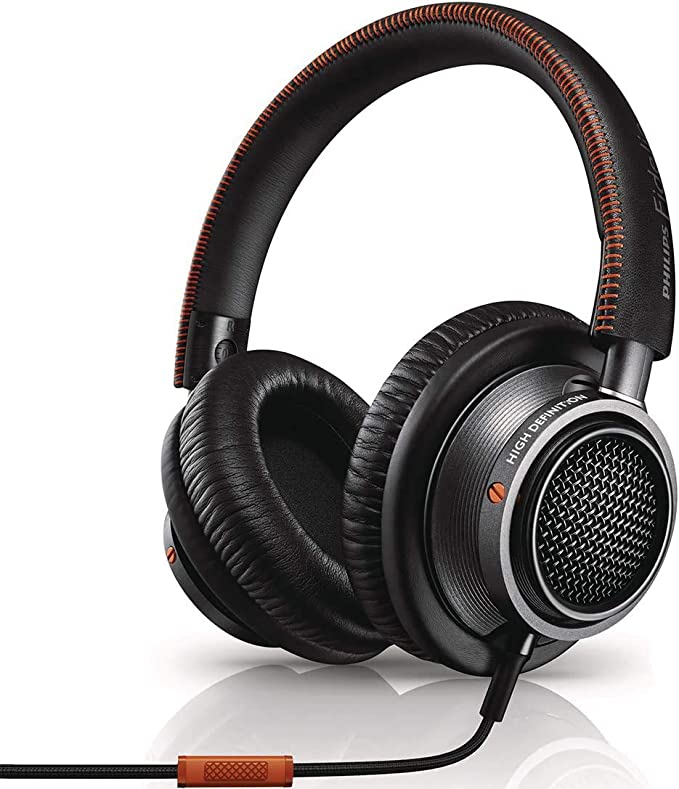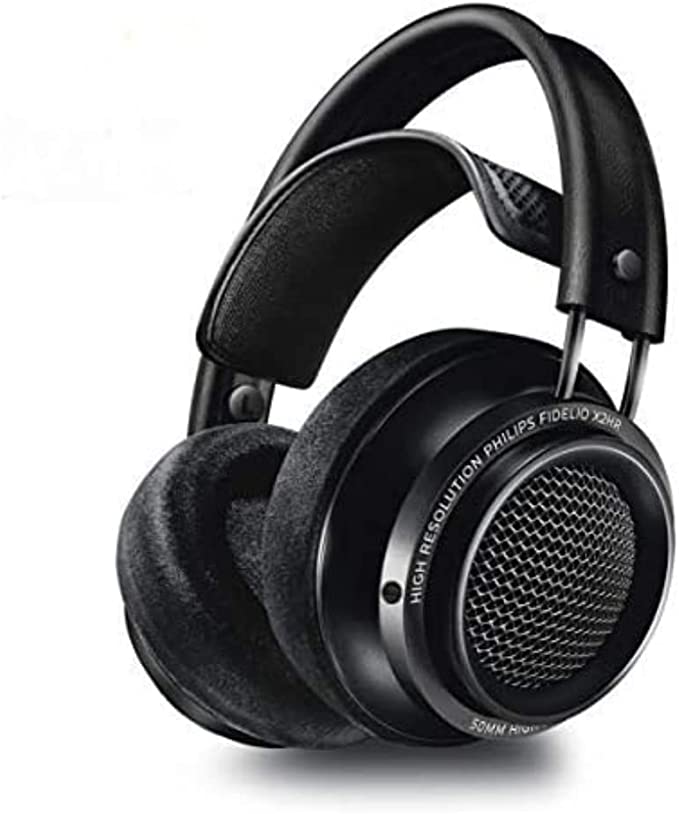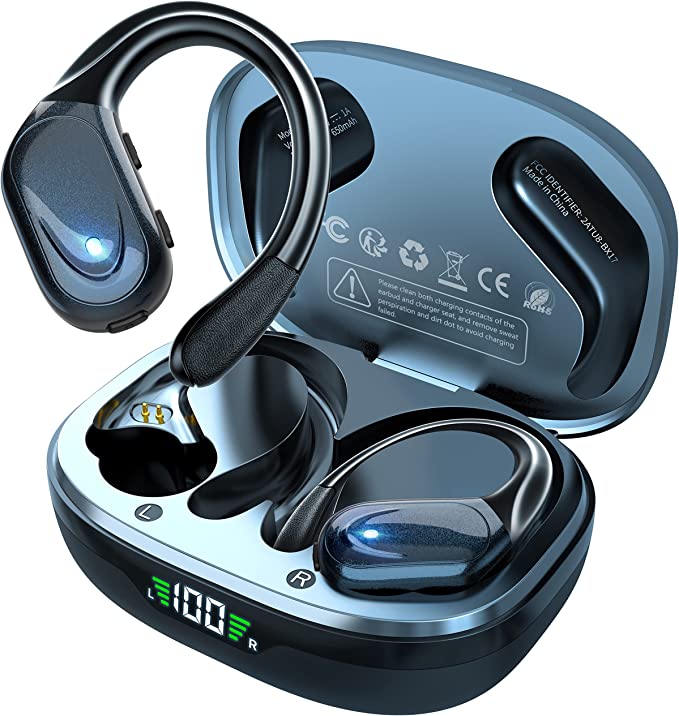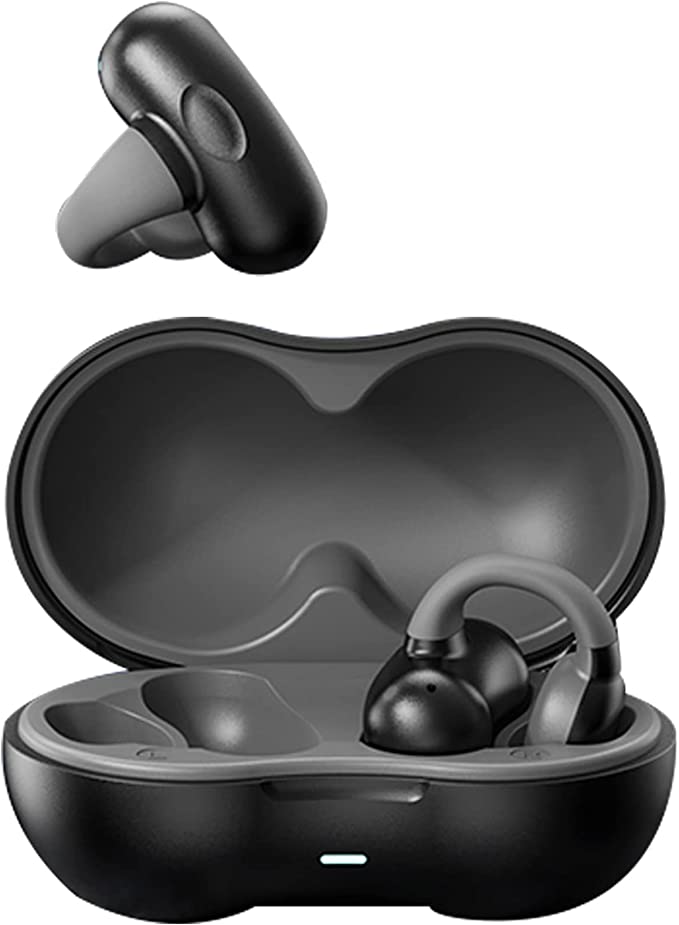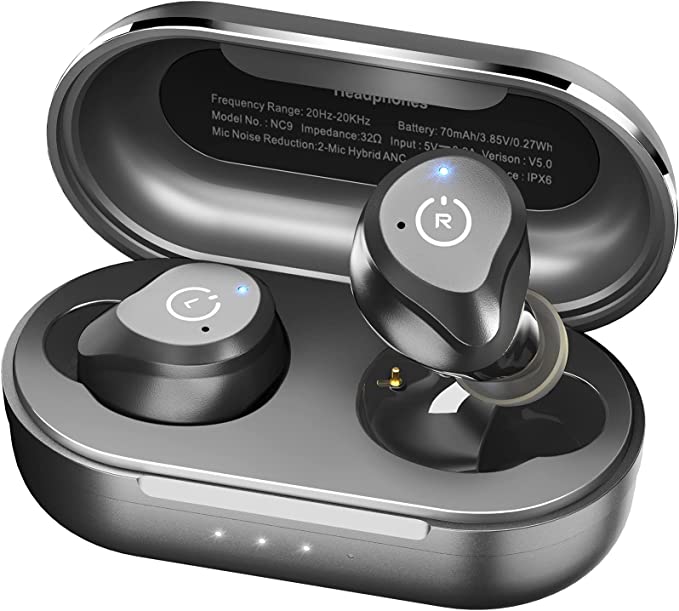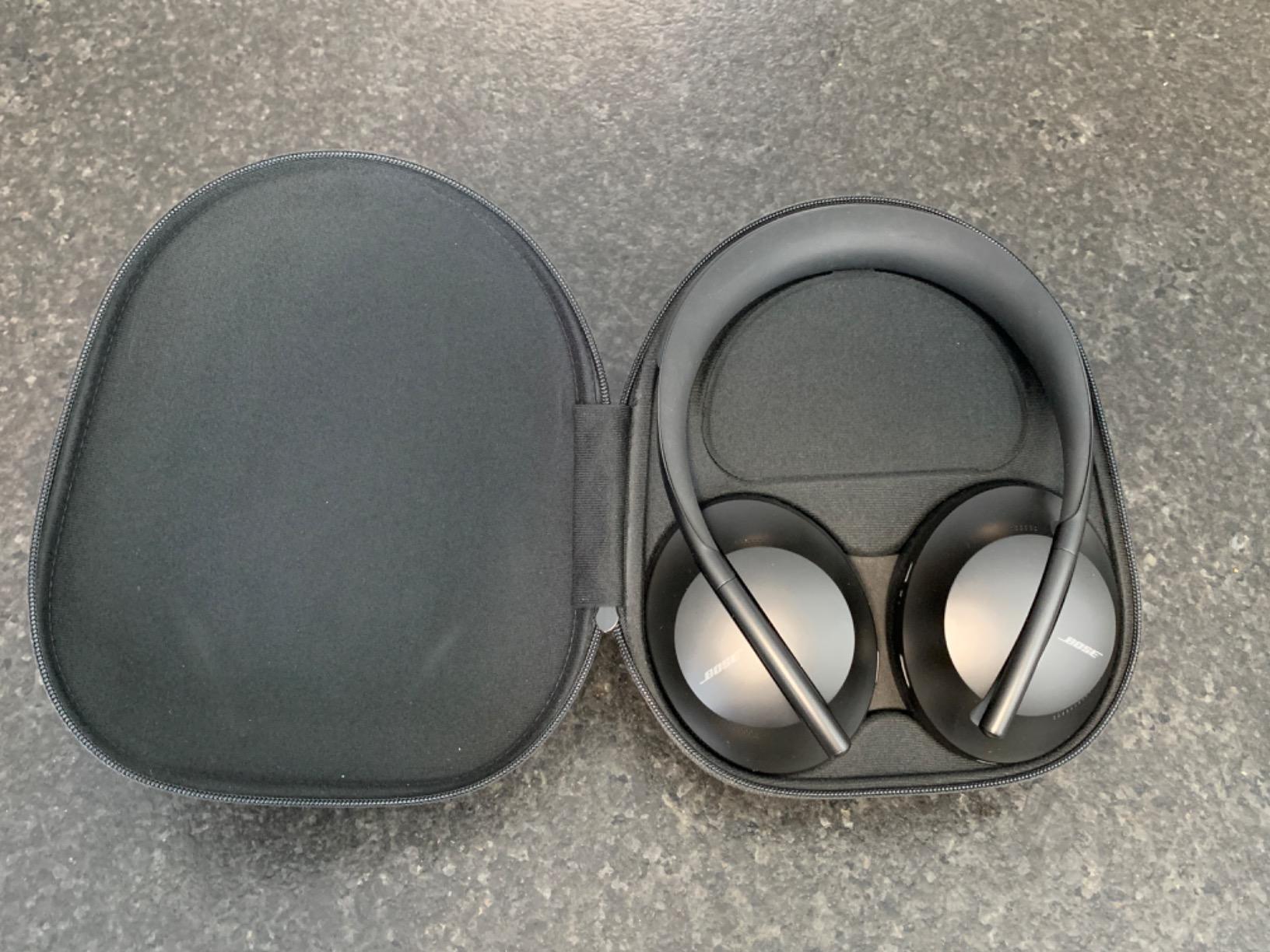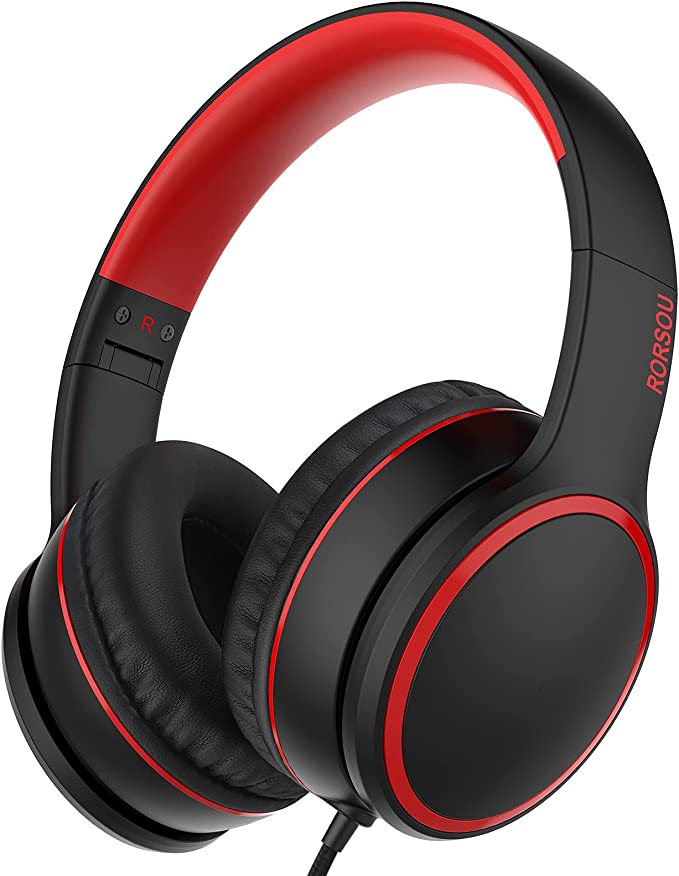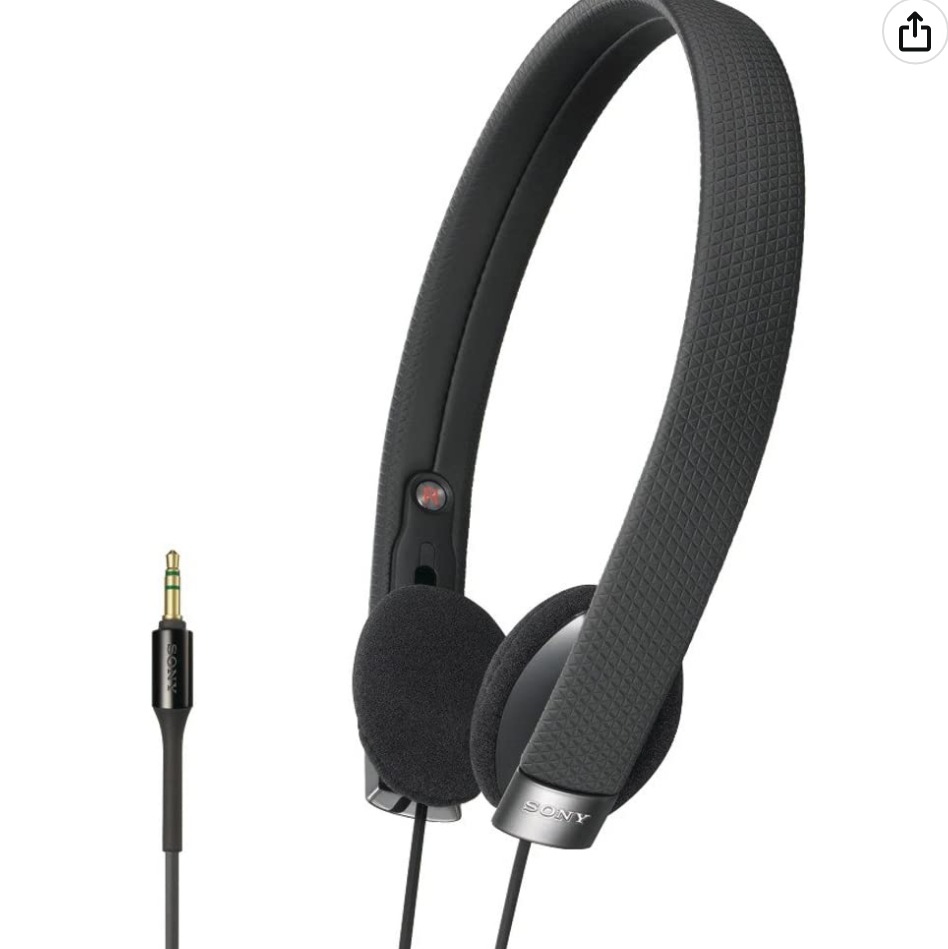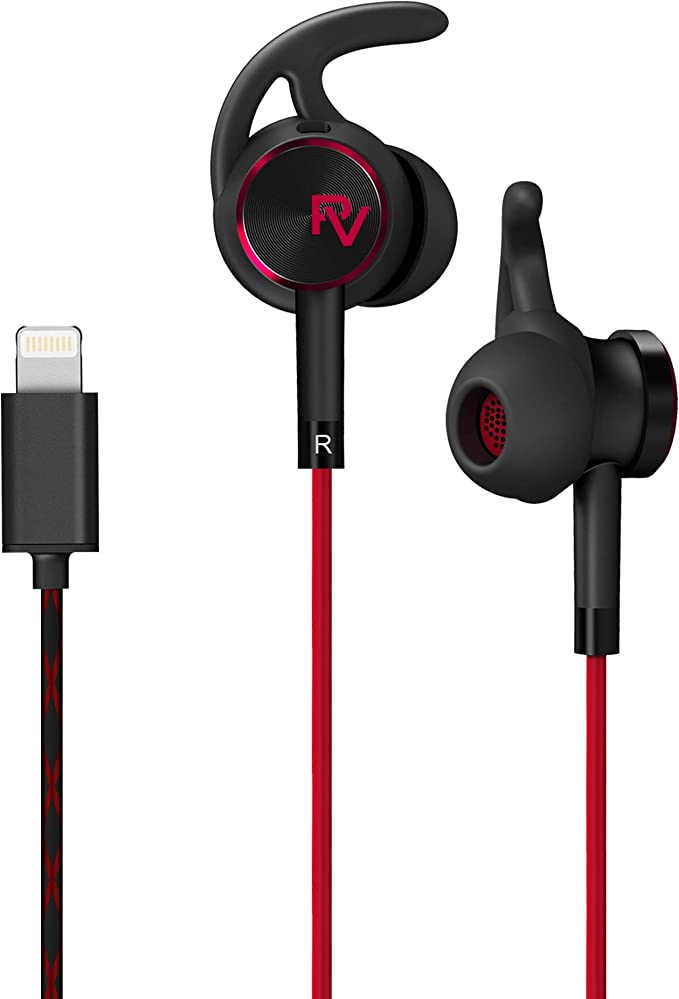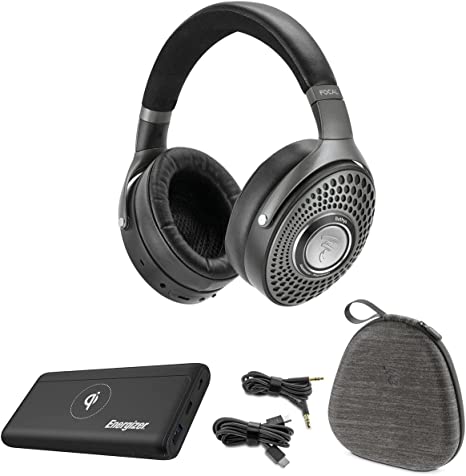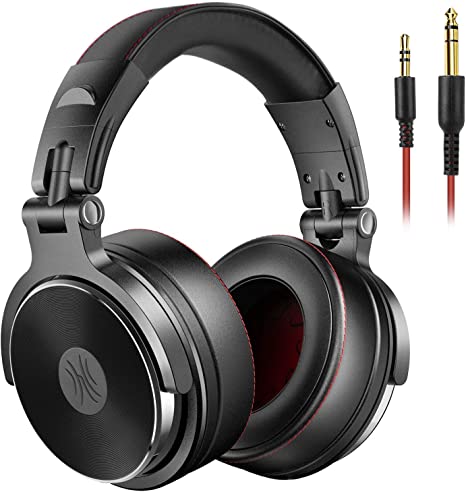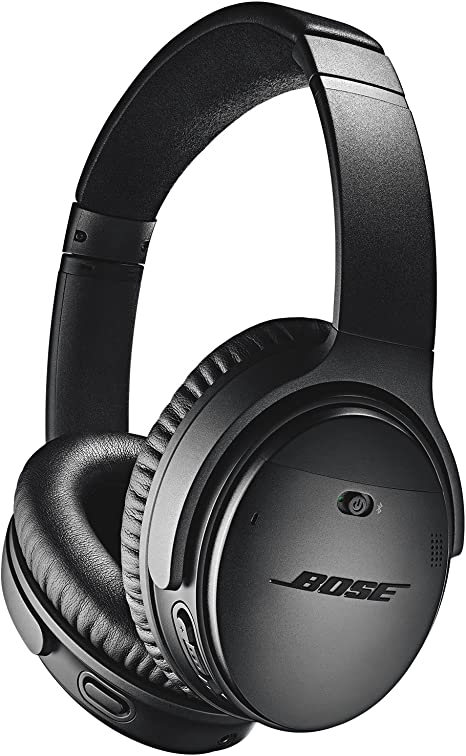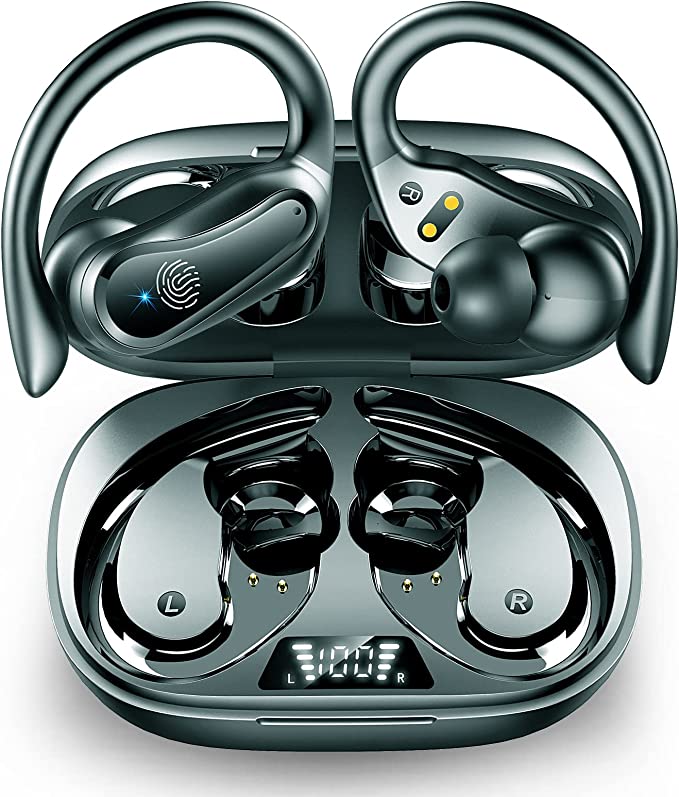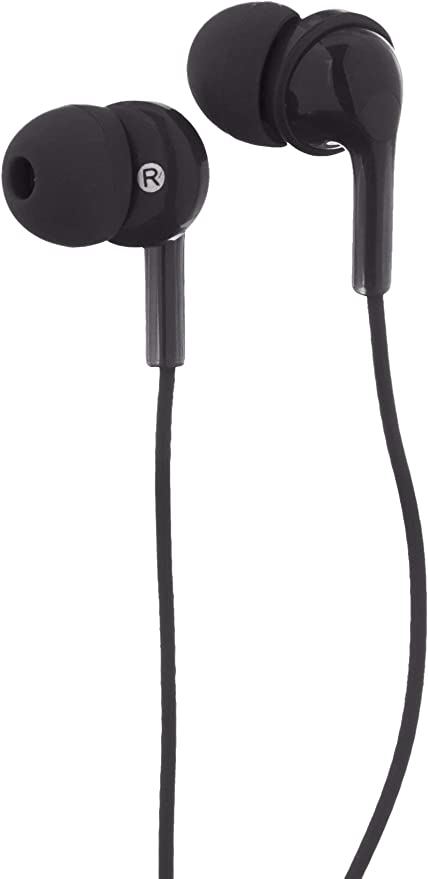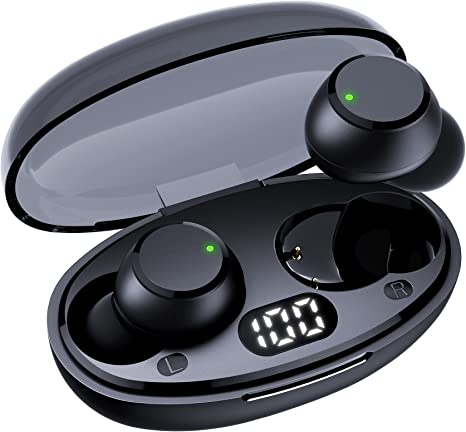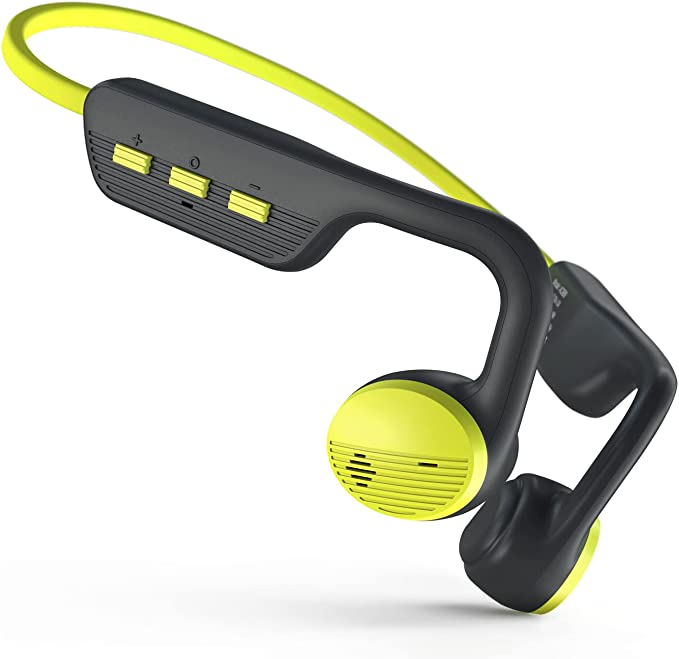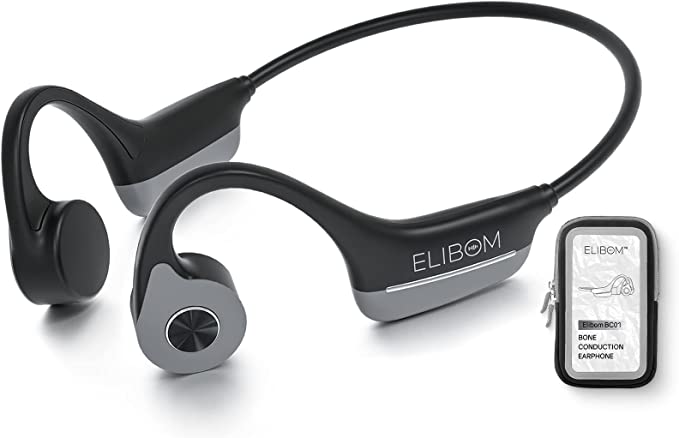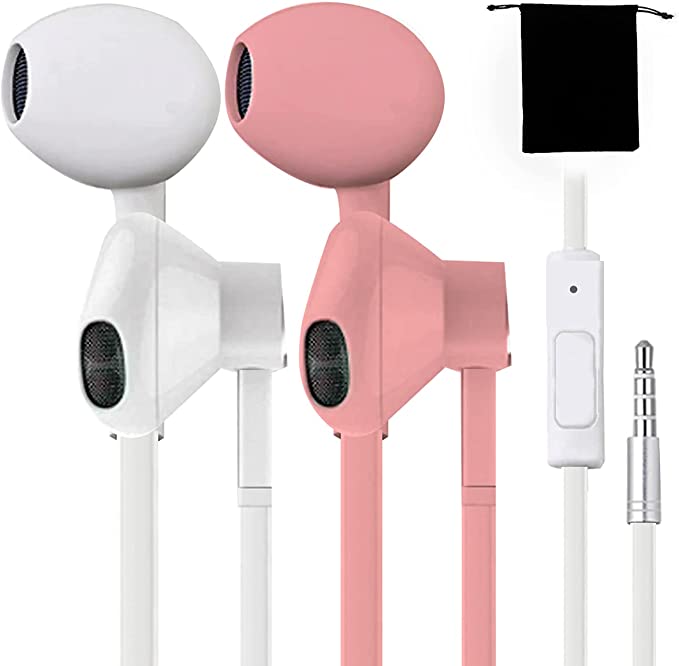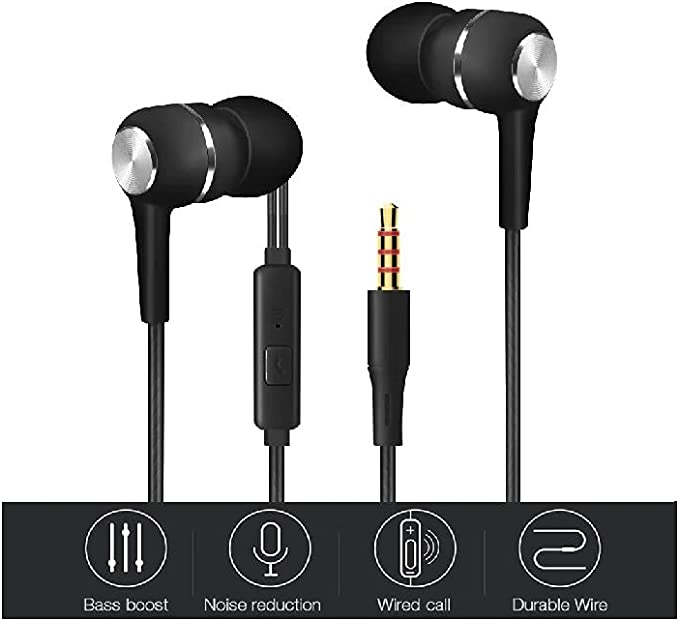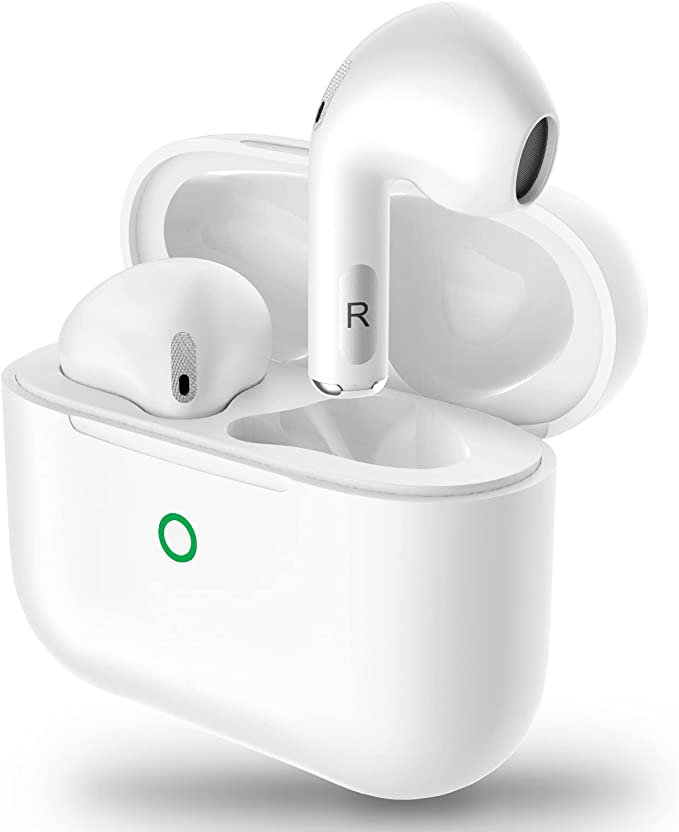Unveiling the Science of Sound: TOZO HT2 and the Quest for Audio Perfection
Update on Feb. 17, 2025, 5:54 a.m.
Have you ever tried to lose yourself in a piece of music, only to be jolted back to reality by the jarring sounds of your surroundings? A rumbling bus engine, the insistent chatter of nearby conversations, the clatter of keyboards in a busy office… It seems that true silence is a rare commodity these days. Meet Alex, a music lover and software developer who, like many of us, commutes daily on a crowded subway. He used to find his journey a frustrating battle against noise, his favorite playlists drowned out by the cacophony around him. That was until he discovered the transformative power of active noise cancellation.

A Brief History of Silence (and the Pursuit of It)
The quest for quiet is nothing new. For centuries, people have sought ways to escape unwanted noise. Think of thick castle walls designed to keep out the sounds of battle, or the heavy curtains used in Victorian homes to muffle street noise. But these were passive solutions – simply blocking sound waves as best they could. The real breakthrough came with the understanding of sound itself, and the realization that it could be actively cancelled.
The first patent for an active noise control system was filed in 1936 by Paul Lueg, a German physicist. His idea, remarkably prescient for its time, was to use destructive interference – the principle that two sound waves with opposite phases can cancel each other out – to eliminate noise. However, the technology of the time wasn’t quite up to the task. It wasn’t until the 1980s, with the advent of digital signal processing, that active noise cancellation (ANC) became a practical reality, initially finding its niche in aviation headsets for pilots.

Sound: The Invisible Wave
So, what exactly is sound? It’s easy to take it for granted, but the physics behind it are quite fascinating. Imagine dropping a pebble into a still pond. You see ripples, right? Sound travels in a similar way, as waves of pressure moving through a medium, usually air. These aren’t waves you can see, but they’re just as real.
These waves have key properties: frequency and amplitude. Frequency, measured in Hertz (Hz), determines the pitch of the sound. A high-frequency sound wave has a short wavelength and is perceived as a high-pitched sound (like a whistle), while a low-frequency sound wave has a long wavelength and is perceived as a low-pitched sound (like a bass drum). Amplitude, on the other hand, determines the loudness of the sound. A wave with a large amplitude carries more energy and sounds louder.
The Marvel of the Human Ear
Our ears are remarkable biological instruments, exquisitely designed to detect and interpret these invisible waves. When sound waves enter the ear canal, they vibrate the eardrum, a thin membrane stretched like the head of a drum. These vibrations are then amplified by three tiny bones in the middle ear – the smallest bones in the human body! – and transmitted to the cochlea, a fluid-filled, snail-shaped structure in the inner ear.
Inside the cochlea, thousands of tiny hair cells convert the vibrations into electrical signals. Different hair cells are sensitive to different frequencies, allowing us to distinguish between a wide range of sounds. These electrical signals are then sent to the brain via the auditory nerve, where they are interpreted as the sounds we hear – music, speech, the roar of a jet engine, or the gentle hum of a TOZO HT2 working its magic.

The Science of Subtraction: How ANC Works
Now, let’s return to that idea of destructive interference. This is the core principle behind Active Noise Cancellation. Imagine you have a sound wave, and you create another wave that is its exact mirror image – where the first wave has a peak, the second has a trough, and vice versa. When these two waves meet, they cancel each other out. This is, in simplified terms, what ANC headphones do.
The TOZO HT2 uses Hybrid Active Noise Cancellation, a sophisticated system employing both feedforward and feedback microphones. The feedforward microphones, located on the outside of the earcups, “listen” to the external noise before it even reaches your ears. This allows the headphones to analyze the incoming sound waves and generate an “anti-noise” signal – a sound wave that is 180 degrees out of phase with the noise.
The feedback microphones, situated inside the earcups, are the second line of defense. They monitor the sound that actually reaches your ears, fine-tuning the anti-noise signal to account for any noise that might have leaked through or been created by the headphones themselves. This dual-microphone system provides a much more accurate and effective noise cancellation than either feedforward or feedback alone. The complex calculations are performed by a dedicated digital signal processing (DSP) chip, all happening in real-time.
A Symphony of Detail: Exploring Hi-Res Audio
But the TOZO HT2 isn’t just about silencing the world; it’s also about delivering an exceptional listening experience. That’s where Hi-Res Audio comes in.
“Hi-Res Audio” isn’t just a marketing buzzword; it’s a defined standard, requiring headphones to be capable of reproducing audio with a sampling rate of at least 96 kHz and a bit depth of at least 24 bits.
What do these numbers mean? Let’s break it down. When analog sound (like a voice or a musical instrument) is converted into digital sound, it’s “sampled” many times per second. The sampling rate is the number of samples taken per second. A higher sampling rate captures more information about the original sound wave, resulting in a more accurate and detailed digital representation.
Bit depth refers to the amount of information stored in each sample. A higher bit depth provides a wider dynamic range – the difference between the quietest and loudest sounds that can be reproduced – and reduces quantization noise, a type of distortion that can occur during the digital-to-analog conversion.
Think of it like this: a low-resolution image is pixelated and blurry, while a high-resolution image is sharp and detailed. Similarly, Hi-Res Audio provides a richer, more nuanced, and more faithful reproduction of the original sound recording. It’s like hearing the music exactly as the artist intended.

The TOZO HT2: Engineering Sound, Delivering Serenity
The TOZO HT2 combines its Hybrid ANC with the ability to play back Hi-Res Audio, using suitable drivers, and supporting appropriate Bluetooth codecs. While the precise Bluetooth codecs supported are not stated on the provided description, a high-quality codec (like AAC or aptX) is essential for transmitting Hi-Res Audio wirelessly. The custom EQ via the companion app is a great advantage. It permits users to personal the sound signature.
The 60-hour battery life is also a significant feature, allowing for extended listening sessions without the need for frequent recharging. This is particularly beneficial for travelers or anyone who uses their headphones for long periods. The over-ear design, in combination with materials that are comfortable, also contributes to the overall listening experience, reducing fatigue and allowing for better passive noise isolation.
Beyond the Specs: The Human Experience
Remember Alex, our subway-riding music lover? With the TOZO HT2, his daily commute has been transformed. The roar of the train fades into a gentle hum, the chatter of fellow passengers becomes a distant murmur. He can finally hear the subtle nuances in his favorite tracks – the delicate brush of a cymbal, the breath of a vocalist, the resonant decay of a piano chord. He’s not just listening to music; he’s experiencing it.

Protecting Your Precious Sense
It’s worth noting that while enjoying high-quality audio is a wonderful experience, it’s crucial to protect your hearing. Prolonged exposure to loud sounds, even music, can cause permanent damage. The good news is that ANC headphones like the TOZO HT2 can actually help with this. By reducing the level of background noise, you can listen to your music at a lower volume, minimizing the risk of hearing loss.
Always listen at a comfortable volume, and take breaks from listening to give your ears a rest.

The Future of Sound
The future for Headphone technology will continue improving. We can expect to see even more sophisticated ANC algorithms, personalized audio profiles that adapt to individual hearing characteristics, and perhaps even integration with augmented reality (AR) and virtual reality (VR) technologies.
The TOZO HT2 represents a significant step forward in the quest for audio perfection, combining advanced noise cancellation with high-fidelity sound reproduction. It’s a testament to the power of science and engineering to enhance our lives, one sound wave at a time.
